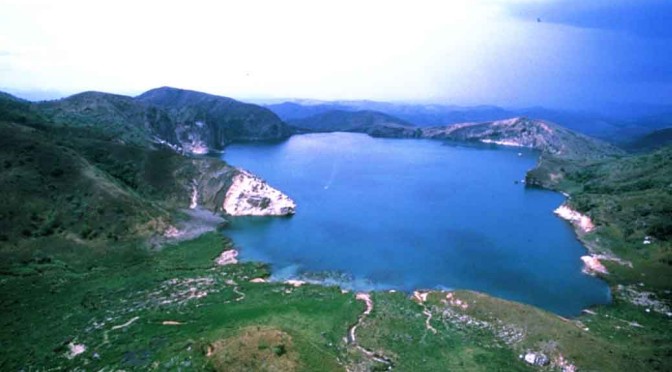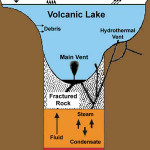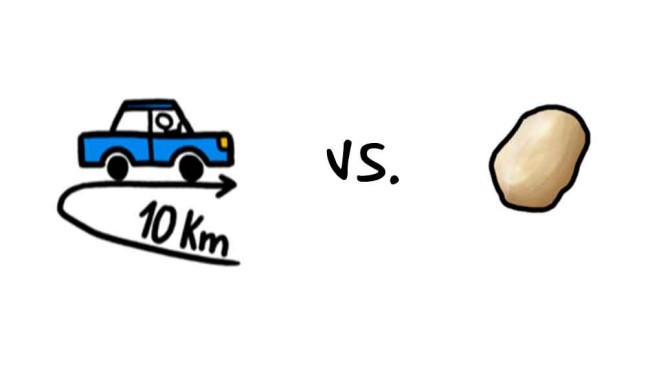I literally binge on YouTube, especially on science videos. Since I’ve been doing it for a long time, I follow a huge number of channels and among them, are some channels that need a special mention. For that, my plan for today was to create a list of five to ten spectacular YouTube science channels that are not popularly known. But while carrying out the research to collect data for this little list, I happened to stumble upon something which needs a post dedicated to it. So, I thought of delaying my original plan of collating a list of those lesser known science channels.
Background
To tell you about the thing I discovered, you need to know this first:
MinutePhysics: You know MinutePhysics right? I mean, who doesn’t know them. If you think you’ve never come across a video of their’s, try going to their channel. There is a high chance you’ll recognize their signature style of simplifying science – through animated videos. With more than 2 Million fans on YouTube, they have a huge following and almost every video of their’s goes viral, to some extent. It was started by Henry Reich and I’m guessing there is definitely a team behind the channel – If some one from MinutePhysics is reading this, like the one I did with Jaan Altosaar from UsefulScience.org, I’d love to do a short chat with you, if you have the time.
MinuteEarth: Now, the same people who created MinutePhysics also upload similar styled videos explaining the planet earth at MinuteEarth. You should check that out too. But that is not all I’m talking today…
MinuteLabs
I’m not sure how I landed on the Youtube page of MinuteLabs.io, but the instant I spotted the dot io in the end, I knew there was more to this channel than just two videos. I watched one of those videos – video (embedded below)
I could instantly connect to what Jasper was doing in the video. I often have such questions and I make these queries on Google all the time. But I had never endeavored to do what he (maybe with his team) did on his website. And that brought me to MinuteLabs.io‘s Mass-energy scale.
Mass-Energy scale
When you land on the Mass-Energy scale page of MinuteLabs, you’ll find a vertically massive scale, listing out a couple of things on the right and left side. So, this is a scale which is based on the popular equation E=MC2 .
It lists out a number of everyday (plus other) objects and the energy associated with them on the left side. On the right side of this scale are the masses of some other objects. This is how it works…

For example, if you take the mass of a sand-grain and multiply it with the constant C2, you’ll end up with some amount of energy (E) that is *theoretically* stored in its mass. To get an idea about how much this energy is, they have collected that huge list of energies associated with everyday objects on the left scale.
After referring to the scale, you’ll find that the amount of energy that is theoretically stored in the mass of a sand grain is almost equal to the energy that is needed to move a family car by 10 km. Even though you don’t really have an access to all that energy, Isn’t that huge, for a “very fine sand grain”! Check out the scale to see how huge things can get…
What I appreciate about it
Firstly, I appreciate the amount of effort it would have taken to collect that sort of data. I know that because I’ve tried doing something similar once. Trust me, It is a pain!
Secondly, I appreciate the fact (and again the effort) that their media is made using the latest web technologies. This makes their media so accessible to people. Today, all you need for learning science, is an internet connection and a nice browser, like Chrome or Safari.
Besides this particular media (Mass-Energy scale) they have created, there are a couple of others that have already been up and running since the start of this year. I’m sure, like me, you’ll have a couple of hours of fun, learning and playing around with them. Cheers to simplified science and MinuteLabs for doing this project.
A Request
If you liked the post, I ask you for just two things – subscribe from the right side bar and like my Facebook page for updates like these. That’ll be a big help!





